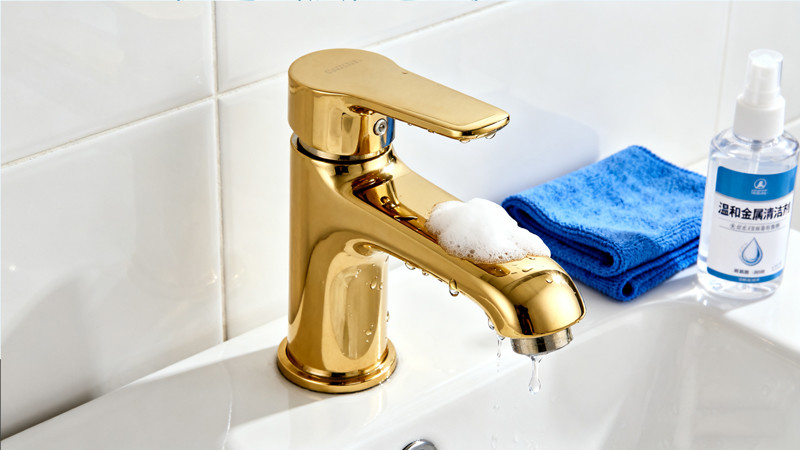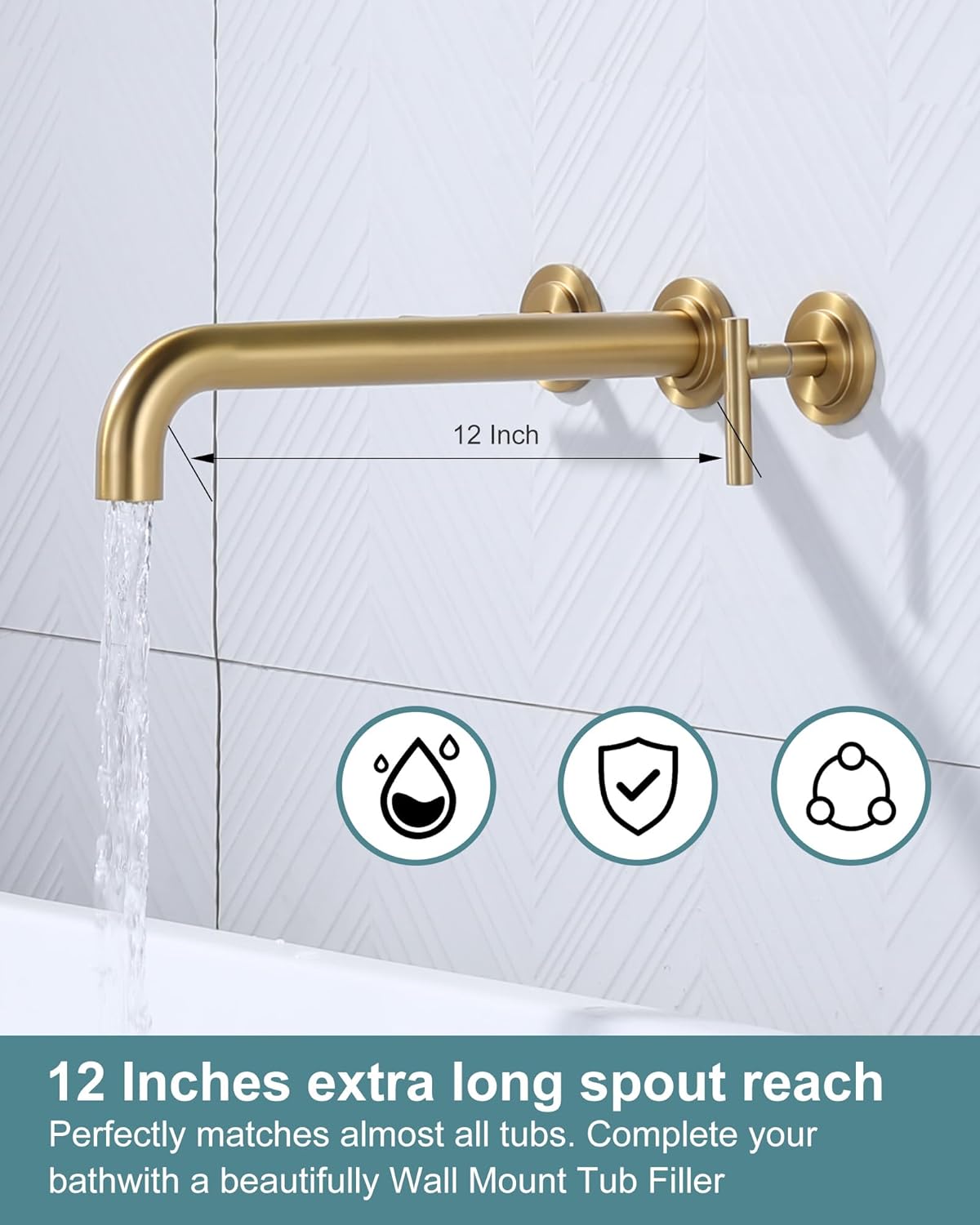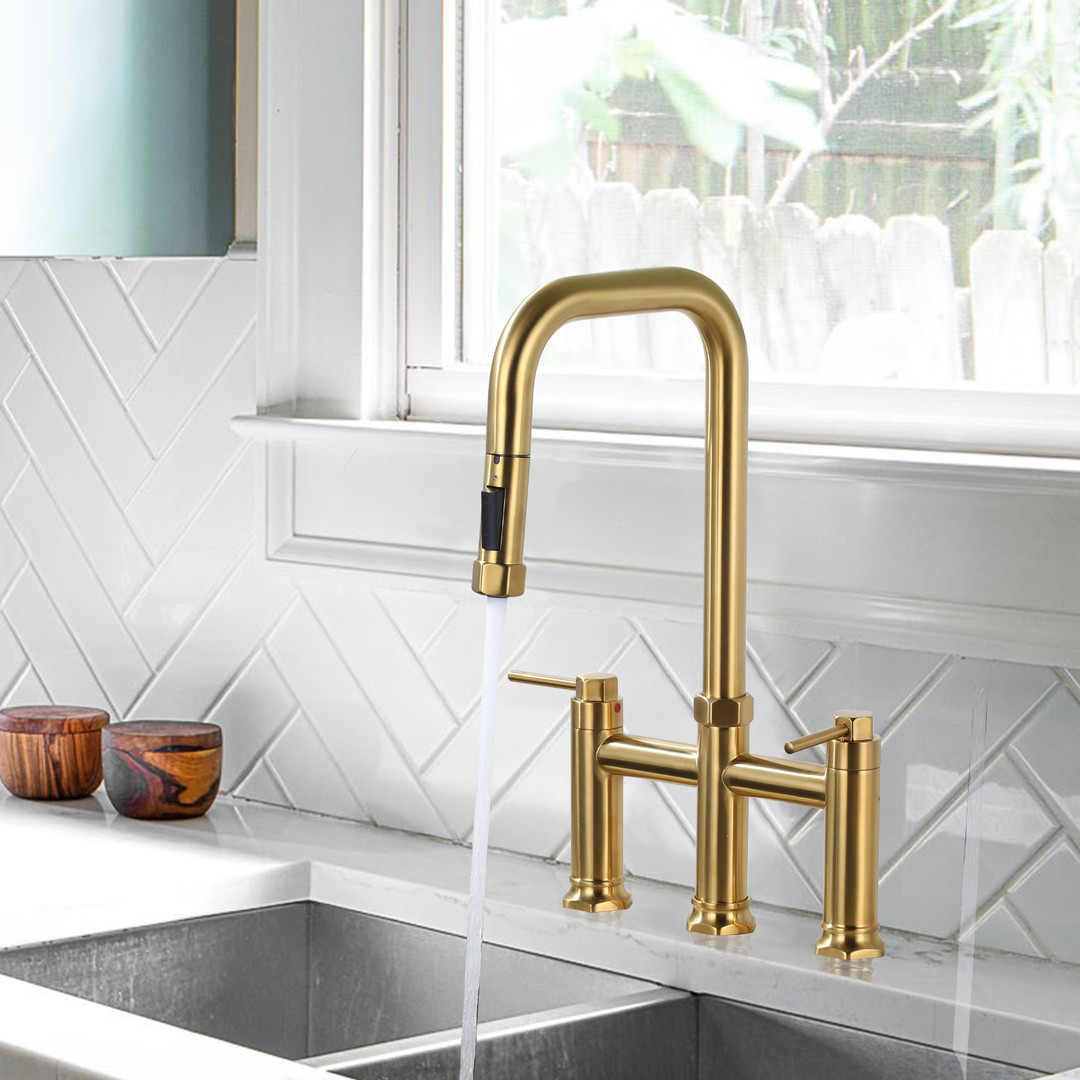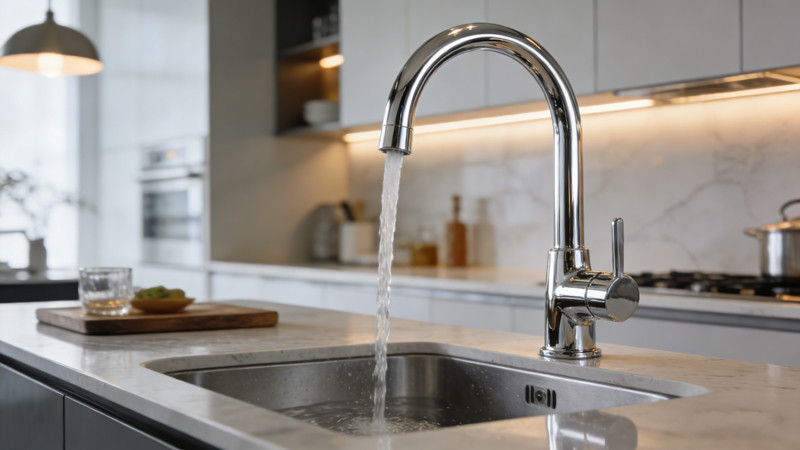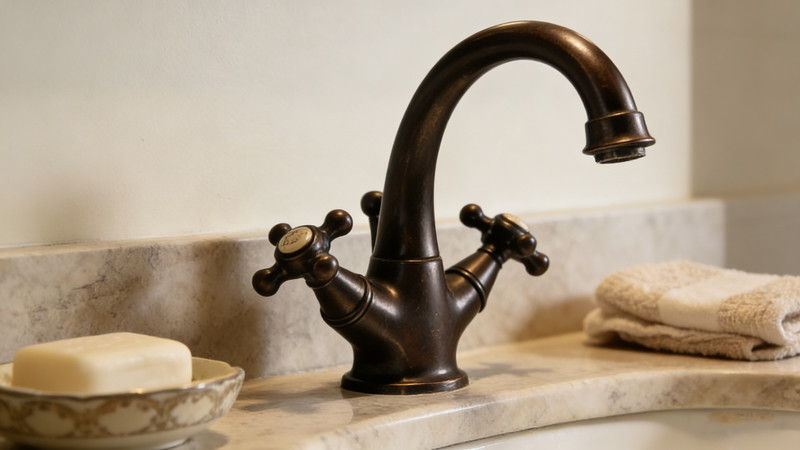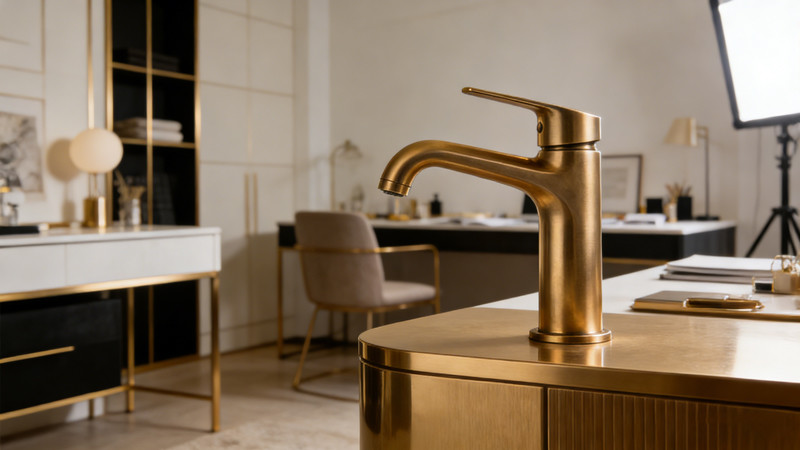Gold faucets bring a touch of elegance and luxury to bathrooms and kitchens. Their warm metallic shine instantly elevates a space, making them a favorite for homeowners who want a timeless and upscale look. But with their beauty comes responsibility. Gold faucets—whether they are solid brass with a gold finish or modern faucets with electroplated or brushed gold coatings—require careful maintenance. Clean them the wrong way, and you risk scratches, dullness, or even peeling finishes.
If you’ve invested in gold fixtures, knowing the right cleaning habits is essential. Below, we’ll break down the dos and don’ts of cleaning gold faucets so you can keep them looking brilliant for years.
Why Gold Faucets Need Special Care
Unlike stainless steel or chrome, gold finishes are often more delicate. Many gold faucets aren’t made of pure gold but are instead coated with finishes such as PVD (Physical Vapor Deposition) or electroplating. These coatings are designed to mimic the appearance of real gold while protecting against corrosion and tarnish. However, they are still more vulnerable to harsh cleaners, scrubbing pads, and abrasive tools.
Daily use—like soap residue, toothpaste splashes, or hard water spots—can also take a toll. That’s why consistent, gentle cleaning is the key to maintaining their shine.
The Dos of Cleaning Gold Faucets
1. Use Mild Soap and Warm Water
The safest way to clean gold faucets is also the simplest: a soft cloth dipped in warm water with a few drops of mild liquid soap. Wipe the faucet gently, rinse with clean water, and dry with a microfiber cloth. This removes everyday grime without harming the finish.
2. Dry After Every Use
Water spots are the number one enemy of gold faucets, especially if you live in an area with hard water. Keep a soft towel nearby and wipe down your faucet after each use. This quick step prevents mineral buildup and maintains a spotless shine.
3. Polish with a Microfiber Cloth
Microfiber is your best friend for maintaining luster. After cleaning, buff the faucet in circular motions to bring out its shine. Avoid paper towels, which can leave lint or cause micro-scratches.
4. Use Vinegar for Hard Water (With Caution)
For stubborn mineral deposits, mix equal parts white vinegar and water, dampen a soft cloth, and gently wipe the area. Don’t leave vinegar on the faucet for long—rinse thoroughly afterward. While diluted vinegar is generally safe, prolonged exposure can erode gold finishes.
5. Check Manufacturer Guidelines
Always review the care instructions that came with your faucet. Different manufacturers may recommend specific cleaning products, especially for specialty finishes like brushed gold or matte gold. Following their guidelines ensures you don’t accidentally void a warranty.
The Don’ts of Cleaning Gold Faucets
1. Don’t Use Abrasive Cleaners or Pads
Powdered cleansers, steel wool, or scouring pads can quickly scratch and dull gold finishes. Even products marketed as “scrub-free” might be too harsh. Stick to non-abrasive cleaning tools only.
2. Don’t Leave Harsh Chemicals on the Surface
Bleach, ammonia, or strong bathroom cleaners can strip away the protective layer of gold faucets. Once that layer is damaged, the faucet becomes prone to tarnishing and corrosion.
3. Don’t Forget to Rinse and Dry
Even if you’re just using mild soap, residue can build up over time and cloud the finish. Always rinse thoroughly with clean water and dry immediately.
4. Don’t Use Toothpaste or Baking Soda Pastes
Although toothpaste and baking soda are often touted as DIY cleaners for metal, they are too abrasive for gold. Using them can result in tiny scratches that make the faucet look dull.
5. Don’t Neglect Regular Maintenance
Cleaning once a month isn’t enough. Gold faucets require consistent upkeep. Waiting until buildup is visible makes cleaning harder and increases the risk of damaging the finish during scrubbing.
How Often Should You Clean Gold Faucets?
- Daily: Quick wipe-down with a soft cloth to prevent water spots.
- Weekly: Clean with warm soapy water, rinse, and dry thoroughly.
- Monthly: Inspect for mineral deposits or soap scum and address gently with diluted vinegar if needed.
This routine ensures your faucet stays polished without requiring heavy-duty cleaning.
Extra Tips for Long-Lasting Shine
- Install a Water Softener: If your home has hard water, a softener reduces mineral buildup, making cleaning easier.
- Apply Car Wax (Optional): A thin layer of non-abrasive carnauba wax can provide extra protection against water spots. Apply sparingly, buff gently, and always test in a small, hidden area first.
- Handle with Care: Rings, watches, or bracelets can scratch gold surfaces. Be mindful when using the faucet, especially in the bathroom.
- Pair with Gentle Cleaning Products: Choose soaps and detergents that don’t contain harsh dyes or chemicals that may splash onto the faucet.
Common Mistakes to Avoid
Many homeowners unintentionally damage gold faucets by treating them like stainless steel. For instance, spraying multi-surface cleaners directly on the faucet is a common mistake. The chemicals can seep into crevices, weakening the finish over time. Another error is scrubbing too aggressively when frustrated with spots or stains—remember, gentle cleaning more often is better than harsh cleaning less frequently.
Final Thoughts
Gold faucets are more than just plumbing fixtures—they’re statement pieces that add luxury to your space. But their beauty can quickly fade if not cared for properly. The key is gentle, consistent maintenance. Stick to mild cleaners, avoid abrasives, and make wiping them down part of your daily routine.
By following these dos and don’ts, your gold faucets will stay gleaming, resist tarnish, and continue to be a highlight in your kitchen or bathroom for many years. Investing a few minutes each day ensures you protect your investment and keep that elegant golden glow shining bright.
 WOWOW Faucets
WOWOW Faucets